What can artists gather from a landfill or the people who move waste? An exhibit in New York City collects the work of artists-in-residence from around the country who have drawn fresh meaning from discarded materials and their experiences working alongside waste haulers.
The work, on display at the All Street Gallery through May 30, follows a path blazed by Mierle Laderman Ukeles, a conceptual artist who created a residency program with the city’s Department of Sanitation in the 1970s. Ukeles' art pushed viewers to look at sanitation workers in a different light at a time when their work had been devalued by the city’s fiscal crisis.
Gabriela D’Addario, curator of the show, studied under Robin Nagle, an author who has worked as a uniformed sanitation worker and served as DSNY’s "anthropologist-in-residence" since 2006. After taking Nagle’s course in discard studies at New York University, D'Addario began researching Ukeles' work.
She found that Ukeles had inspired similar programs throughout the country. Residencies have sprung up in several U.S. cities, including Philadelphia, San Francisco and Portland, Oregon, the latter two run by private hauler Recology. D'Addario decided to bring together pieces from those programs as a means of exploring Ukeles’ artistic legacy.
"I found this one thing that has piqued my interest was actually a small part of a much larger story," D'Addario said.
Today, she estimates more than 200 artists have come through the programs, creating pieces in a variety of mediums and disciplines. In the course of cataloging the work, she noticed some trends, like the prevalence of craftspeople working with materials such as wood and fiber on the West Coast and video work, including that of Ukeles, on the East Coast.
A wooden sculpture made by Hilary Pfeifer with reclaimed wood and pencils. The piece was made through Recology Portland's GLEAN artist residency program.
Courtesy of Eden Chinn/All Street Gallery
"There's all these interesting paradoxes, and I think that continues to be a driving question for me, is why are cities doing this? Why are they sponsoring this kind of thing?" D'Addario wondered.
Through the variety of mediums used over the years, the work both documents the country's shifting relationship to waste and casts a fresh light on practices that often occur on the margins of organized society. D'Addario said she finds the work inherently optimistic, as artists reuse materials that are tossed aside and imagine new futures for them in the spirit of environmentalism.
"We have these large systemic issues that we're facing and we haven't totally figured out how to fix them," D'Addario said. "Maybe this is a slightly different approach, this artist's toolbox and ways of thinking."
Several artists attended the show's opening on May 4, including Jade Doskow, the photographer-in-residence for Freshkills Park in Staten Island, New York. Doskow began her work at the former landfill in 2021. She said she views the site as "a place of infinite possibility" for exploration, in part due to its size — the now-closed landfill is about 2,200 acres and was once the largest in the world.
Two prints of photographer Jade Doskow's work at Freshkills Park hang at the All Street Gallery in New York. Between them are engineering images captured by DSNY and Bernstein Associates in 2021.
Courtesy of Eden Chinn/All Street Gallery
Doskow's work provides sweeping views of the park that now sits on top of the closed landfill, as well as some of the man-made systems that maintain the waste underneath. She said she largely has free reign to document the site, save for restrictions around the West Mound, which holds debris from Ground Zero disposed there after the 9/11 attacks.
By continuing to document the site, Doskow hopes to capture what she describes as "micro moments in the landscape cumulatively over time."
"It's this perfect reflection of where humanity is right now in relation to nature, in relation to wilderness and the garbage we make," she said.
The show is Doskow's first where her art has been featured alongside other sanitation artists-in-residence. She said she was excited by the variety on display, noting: "There’s so many directions that these very unusual partnerships can take."
DSNY's artist-in-residence from 2021 to 2023, sTo Len, said he’s interested in bringing public attention to the agency's long history in the spirit of Ukeles. During his residency, the artist commandeered the agency's defunct screen-printing studio and established the "Office of In Visibility." In that space, Len used old screens to create new interpretive works with the signs and symbols used by DSNY to educate and inform residents for decades.
A print by sTo Len hangs at the All Street Gallery in New York. The work remixes several motifs taken from DSNY’s dormant screen-printing studio.
Courtesy of Eden Chinn/All Street Gallery
Through his work, Len also met DSNY employees that held a variety of positions, including collection workers. He said connecting with them was the most important part of the residency.
"It was a way of activating an archive and using an older medium in contemporary fashion," Len said. "They were able to see me play with the old imagery, give it new life."
Since Ukeles' tenure, Len said the perception of sanitation workers in New York has improved. He also thinks residents today are more "ecologically aware of their own footprint." But he believes the work that sanitation workers do to keep the city clean and free of waste is still overlooked.
"They still feel invisible. They still feel unrecognized," Len said. “I was inspired to create a work that gives them visibility and visibility that’s three-dimensional."

